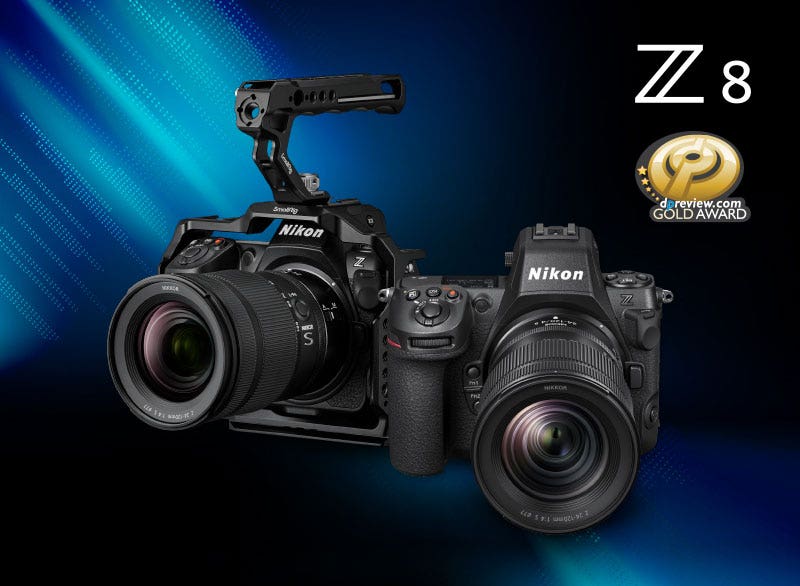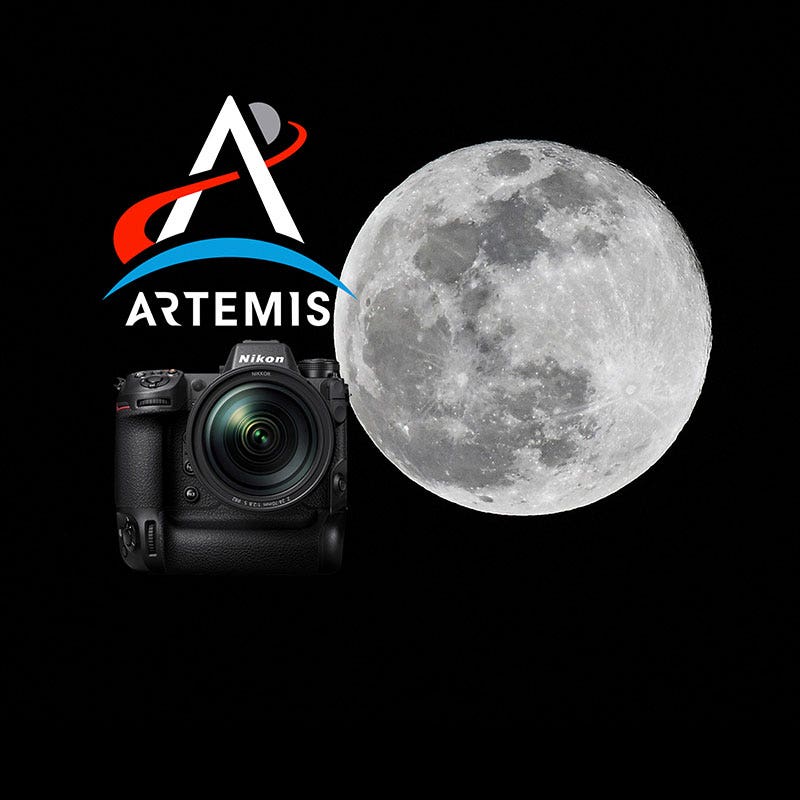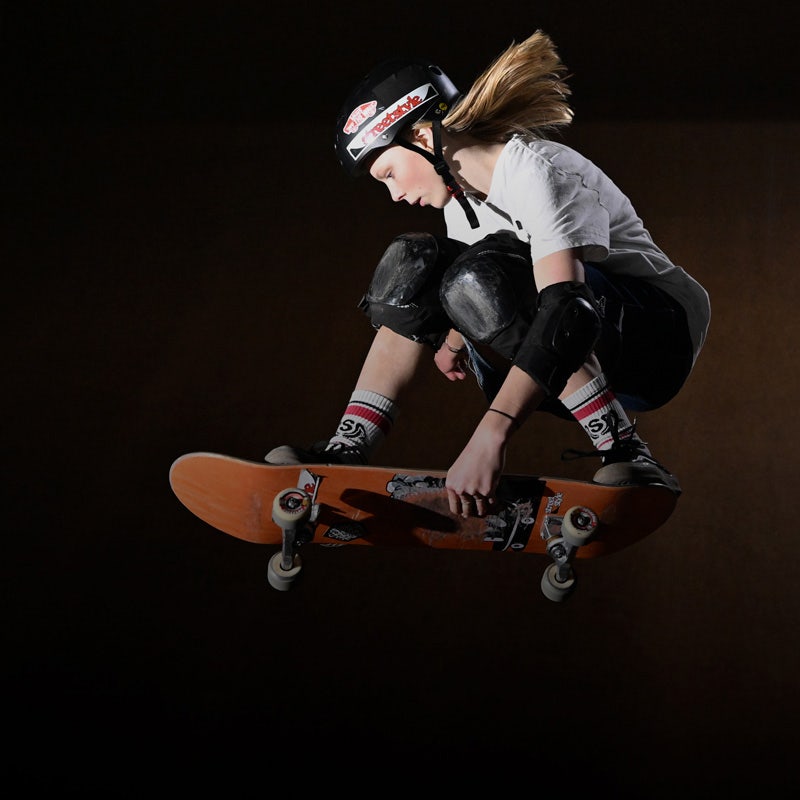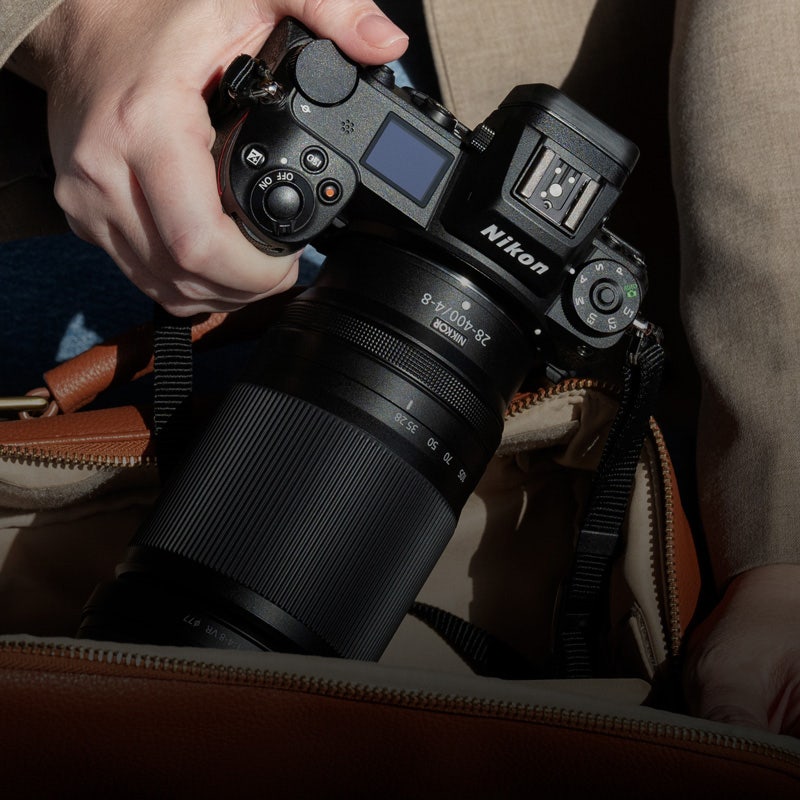

Learn & Explore
A GUIDE TO BETTER BLACK AND WHITE PHOTOGRAPHY


BETTER BLACK AND WHITE PHOTOGRAPHY
Black and white photography holds a timeless charm even though it is certainly not as prevalent as it was back in the day. Nevertheless, this style of photography remains a wonderful medium to tell powerful, evocative visual stories. We take a look at some of the best tips to achieve a more artistic feel in monochrome.


The emergence of colour photography has inadvertently led black and white photography to lose its crown and become a niche art. Yet, in our highly colour-saturated world, this style of photography still stands out as a powerful way to tell a visual story. In fact, under certain circumstances, opting to capture moments in black and white can unravel new perspectives and a timeless aesthetic that far surpasses what the same scene can express with colour.
Without colour, a scene is distilled right down to its essence and emotions. As such, black and white photographers must focus on other artistic elements such as composition and dynamic range when capturing their images. Here are some tips and techniques you can use to create more impressive black and white images.
EXPERIMENT WITH LIGHT AND SHADOWS
Point #1
CONTRAST
A key part of black and white photography is understanding how to best utilise and emphasise the contrast between the blacks and whites in your image. One useful tip is to imagine what your scene will look like without colour from the get-go, even before you shoot your image. Look beyond the colours of our world and take note of areas that would create strong contrasts, such as deep shadows and bright lights; these will shine through to create an impressive monochrome image. For example, a brightly lit background will create a dark silhouette of a person or object standing in the foreground, in turn, offering a notable contrast that adds greater depth and dimension to a stunning photograph.
Many digital cameras today also enable you to shoot in black and white and view the result instantly. If you face difficulties visualising how a scene might look, experiment by taking a few photos and search for areas that provide a striking contrast.


A major advantage of choosing black and white photography is its ability to focus more on how lighting and shadows juxtapose and contrast one another in a scene—this is often used to create drama, mystery, or elicit various emotions in a viewer. Therefore, it will be good to use a camera with an excellent dynamic range to capture everything from deep blacks to bright whites exceptionally. Take for example, the Nikon Z series mirrorless cameras’ colour science ensures that the blacks, whites, and shades in-between of your scenes will be rendered beautifully across a wide ISO range.
Point #2
EXPOSURE
In this style of photography, it is also good to experiment with exposure. Deliberately choosing to over or underexpose can help create highly dramatic and eye-catching images. Whenever you approach a scene, observe the lighting, and explore various levels of exposure to see which creates your desired effect. When shooting in conditions with limited lighting, avoid immediately trying to expose a subject properly. Instead, consider whether to deliberately underexpose the scene to create a unique, moody or dramatic look using the deep blacks produced by the shadows. Alternatively, you can overexpose the scene to accentuate the contrast of a photo.
Digital photographers should also note that it is typically recommended to start with a lower ISO. Noise tends to be more noticeable in black and white photos, causing them to look unintentionally grainy. As shadows are one of the main highlights of such photography, you’d want to ensure they are as deep and clear as possible for highly impactful images.


CREATE MORE VISUAL INTEREST WITHOUT COLOUR
An important part of black and white photography is learning to focus less on colour, and let the various shapes, textures, and tones of your scene take centre stage. This will take practice, but with time, you will be better attuned to spot the elements that are highly effective in creating a visually interesting black and white image.
Point #3
COMPOSITION
Even in colour photography, composition plays a significant role in creating visual balance while grabbing the attention of the audience. In black and white photography, this element is just as crucial to intrigue viewers and sustain their interest.
In particular, the use of negative space is a highly recommended technique. Negative space contributes significantly to the simple yet elegant aesthetic of black and white photography. Using negative space may be as straightforward as using the wide expanse of the clear sky or a bare wall. Juxtaposing the emptiness of these backdrops with a few visual elements produces a highly engaging and interesting result.


Point #4
SHAPE AND FORM
Another important part is understanding how light interacts with objects in a scene to create flattering and intriguing forms. For example, front lighting typically cast shadows that are hidden from your camera’s point of view, whereas side lighting casts shadows that make your objects appear more three-dimensional.
The option of using colours to draw interest and act as a focal point to your photograph is no longer there in black and white photography, hence, focus more on the shapes, forms, and lines. Observe how light affects the objects in your scenes, and arrange the shapes and lines created in different interesting ways to guide your viewer’s eye through the image.
Point #5
TEXTURES
Another way to express contrast is through textures. Textured surfaces create different shades of grey in black and white photography. As such, this offers a layer of complexity and visual patterns that will spark viewers’ interest.
Utilise a variety of textures in your image and contrast them against smooth surfaces or strong angular shapes to create a striking contrast that lends greater interest and appeal to your photograph. Experiment with the wide variety of textures that is available all around us, both natural and man-made — from the craggy barks of a tree to the uneven surface of a stone pavement.


Point #6
PATTERNS
Besides textures, patterns created by objects in our surroundings also help to create visually stunning black and white images. From rocks on the ground to pillars of a building, any repeating object, texture, or design works exceptionally well in black and white photography.
Often, when shooting in colour, patterns might not be as conspicuous as colours are competing for the viewer’s attention. Therefore, when shooting in black and white, this will give you more room to focus on showcasing these unique and sometimes subtle patterns, helping them to take shape and stand out.


While black and white photography may seem challenging as it removes an essential component from your creator’s toolbox – colour – nevertheless, it offers unique opportunities to tell your moments in a unique, different perspective. Learn to embrace the lights and shadows; it will take practice, but some emotions and visual stories are simply best expressed in monochrome.





